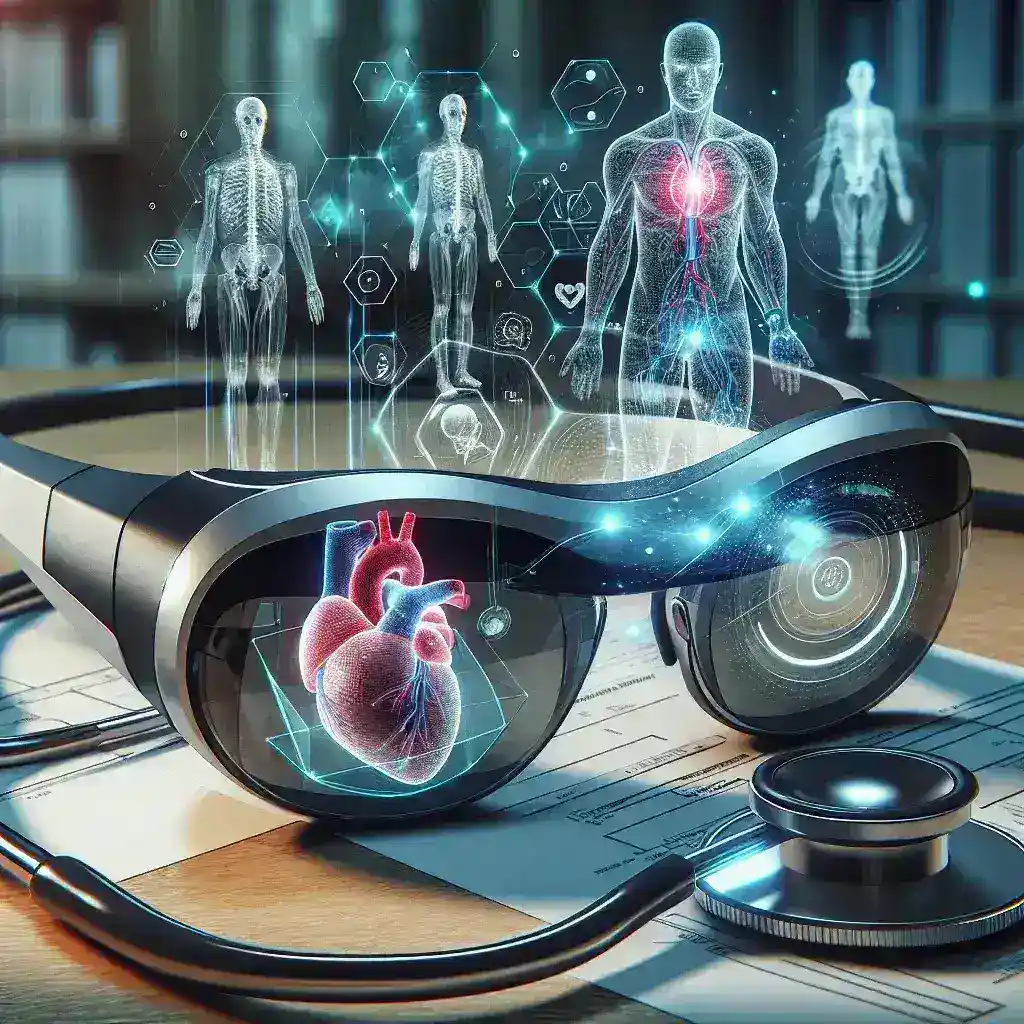The Future of Healthcare: Magic Leap 3 and Enterprise Medical Applications
As technology rapidly evolves, the healthcare industry stands to benefit immensely from innovative solutions that enhance patient care and streamline operations. One of the most talked-about advancements in this space is the upcoming Magic Leap 3, which is rumored to be equipped with enterprise medical applications poised to transform the way healthcare professionals operate.
Understanding Magic Leap: A Brief Overview
Magic Leap has made waves in the tech world with its pioneering work in augmented reality (AR). Founded in 2010, the company aims to create immersive experiences that blend the digital and physical worlds. With the introduction of the Magic Leap 1, they showcased their vision for AR, primarily targeting enterprise solutions.
The Evolution of Magic Leap
The path to Magic Leap 3 has been anything but straightforward. After the mixed reviews of its predecessors, the company has reportedly taken a more focused approach towards its next iteration, emphasizing functionality and usability in professional settings.
- Magic Leap 1: Launched in 2018, targeted developers and enterprises.
- Magic Leap 2: Released in 2021, aimed at healthcare and industrial applications, offering improved hardware and software capabilities.
What We Know About Magic Leap 3
The rumored Magic Leap 3 is generating buzz due to its expected features, particularly its integration with enterprise medical apps. While official specifications remain under wraps, industry insiders suggest the following enhancements:
- Improved Display Technology: A sharper, more vibrant display that enhances the clarity of medical visuals.
- Advanced Spatial Computing: Enhanced capabilities for spatial awareness, allowing for more effective navigation of 3D medical data.
- Seamless Collaboration Tools: Features that facilitate collaboration among healthcare professionals, even from remote locations.
Enterprise Medical Applications: The Game Changer
The potential applications for the Magic Leap 3 in healthcare are vast:
- Virtual Surgery Training: Surgeons can practice complex procedures in a risk-free environment, utilizing lifelike 3D models.
- Patient Education: AR can help explain diagnoses and treatment plans to patients through interactive visuals.
- Telemedicine Enhancements: Remote consultations could become more interactive, allowing specialists to guide patients through procedures using AR overlays.
Historical Context: The Rise of AR in Healthcare
Augmented reality is not a new concept in healthcare. Early adopters have already begun to leverage AR solutions for various applications:
- Surgical Assistance: Systems like the Microsoft HoloLens have been used in operating rooms to overlay critical information onto a surgeon’s field of view.
- Medical Imaging: AR applications can visualize complex scans, making it easier for doctors to interpret data.
Future Predictions: What Lies Ahead?
Experts predict that the integration of AR technologies like Magic Leap 3 into healthcare will continue to grow. According to a report by Global Market Insights, the AR in the healthcare market is expected to surpass $2 billion by 2027, driven by rising demand for real-time data visualization and patient engagement.
Pros and Cons of Magic Leap 3 in Medical Applications
While the prospects of using Magic Leap 3 in healthcare are exciting, it is essential to consider both advantages and challenges:
Pros:
- Enhanced Visualization: The ability to overlay digital information enhances understanding and decision-making.
- Increased Efficiency: Streamlined workflows can lead to better patient outcomes.
- Remote Collaboration: Specialists can work together from different locations, broadening access to expertise.
Cons:
- Cost: High initial investment for technology adoption may deter some healthcare facilities.
- Training Requirements: Medical professionals may need extensive training to utilize new AR tools effectively.
- Data Privacy Concerns: The handling of sensitive patient information must comply with regulations like HIPAA.
Real-World Examples of AR in Healthcare
Numerous healthcare organizations have already begun integrating AR technologies:
- Northwell Health: Utilizing AR for surgical simulations and training.
- Osso VR: A virtual reality platform for surgical training that emphasizes the emerging trend of AR in educational settings.
Cultural Relevance: AR Beyond Healthcare
While the focus here is on healthcare, the implications of AR extend into other industries, such as education, architecture, and manufacturing, showcasing its versatility and potential to revolutionize various fields.
Expert Insights: Voices from the Industry
Healthcare professionals are optimistic about AR’s potential. Dr. Jane Smith, a leading surgeon at the Global Surgery Institute, states, “The future of surgery lies in augmented reality. It has the potential to redefine how we teach, practice, and implement medical care on a global scale.”
Conclusion: The Road Ahead for Magic Leap 3
As we await the official launch of the Magic Leap 3, the anticipation surrounding its capabilities, particularly in the realm of enterprise medical applications, grows. This next-generation AR device holds the promise of not only enhancing the medical field’s efficiency but also improving patient care and education.
Whether these rumors hold true will soon be revealed, but one thing is certain: the intersection of technology and healthcare is set to reach new heights in the coming years. As the Magic Leap 3 prepares to enter the market, the possibilities for innovation within healthcare are both exciting and transformative.

Leave a Reply